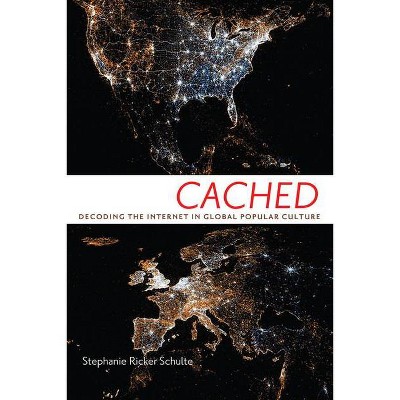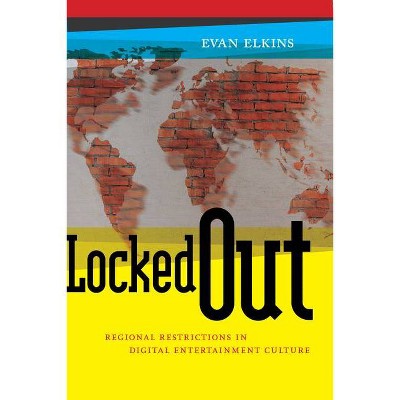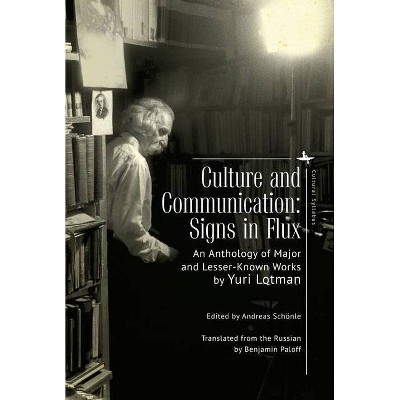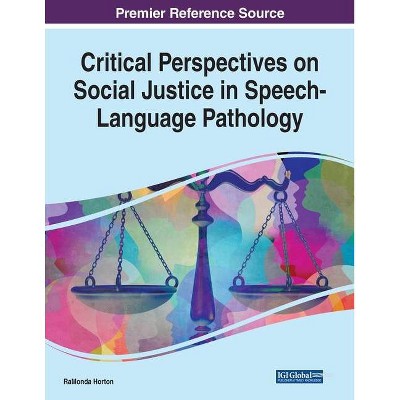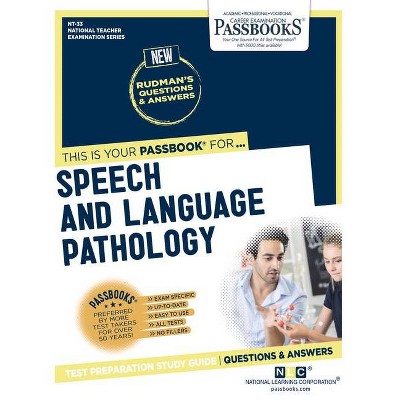Speech Pathology in Cultural - (Methods in Communication Disorders (Whurr)) by Isaac (Paperback)
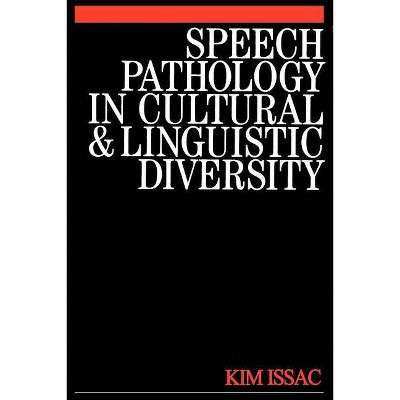
Similar Products
Products of same category from the store
AllProduct info
<p/><br></br><p><b> Book Synopsis </b></p></br></br>This book explores the intricate relationship between culture and communication before moving on to intercultural health care, including a detailed look at perception of illness and disability. Two chapters on intercultural speech pathology look at clinical practice, including culturally-focussed assessment and management approaches. Interpreter-mediated speech pathology is covered in detail, including an overview of the process of interpreting, debate on professional versus untrained interpreters, discussion of pre-session briefing, a look at potential barriers to the interpretation process and introduction to a collaborative partnership model for working with interpreters. The final chapter explores the author's thoughts on the future directions in research and education in the field of intercultural and interpreter-mediated speech pathology. <p>The book provides a comprehensive and practical insight into intercultural and interpreter-mediated speech pathology. With its easy to read and practical content, it should be of significant use to undergraduate students and qualified speech-language pathologists new to multicultural/multilingual contexts. However, it would also be suitable for experienced clinicians who find themselves tackling the challenges of intercultural speech pathology everyday.</p><p/><br></br><p><b> From the Back Cover </b></p></br></br>Addressing the challenges of intercultural and interpreter-mediated speech pathology practice, this book explores the intricate relationship between culture and communication before moving on to intercultural health care, including a detailed look at perception of illness and disability.Two chapters on intercultural speech pathology look at clinical practice, including culturally-focussed assessment and management approaches. Interpreter-mediated speech pathology is covered in detail, including an overview of the process of interpreting, debate on professional versus untrained interpreters, discussion of pre-session briefing, a look at potential barriers to the interpretation process and introduction to a collaborative partnership model for working with interpreters. The final chapter explores the author's thoughts on the future directions in research and education in the field of intercultural and interpreter-mediated speech pathology. <p>The book provides a comprehensive and practical insight into intercultural and interpreter-mediated speech pathology. With its easy to read and practical content, it should be of significant use to undergraduate students and qualified speech-language pathologists new to multicultural/multilingual contexts. However, it would also be suitable for experienced clinicians who find themselves tackling the challenges of intercultural speech pathology everyday.</p><p/><br></br><p><b> About the Author </b></p></br></br><p><strong>Kim Isaac</strong>, University of Newcastle, New South Wales, Australia.
Price History
Price Archive shows prices from various stores, lets you see history and find the cheapest. There is no actual sale on the website. For all support, inquiry and suggestion messagescommunication@pricearchive.us

